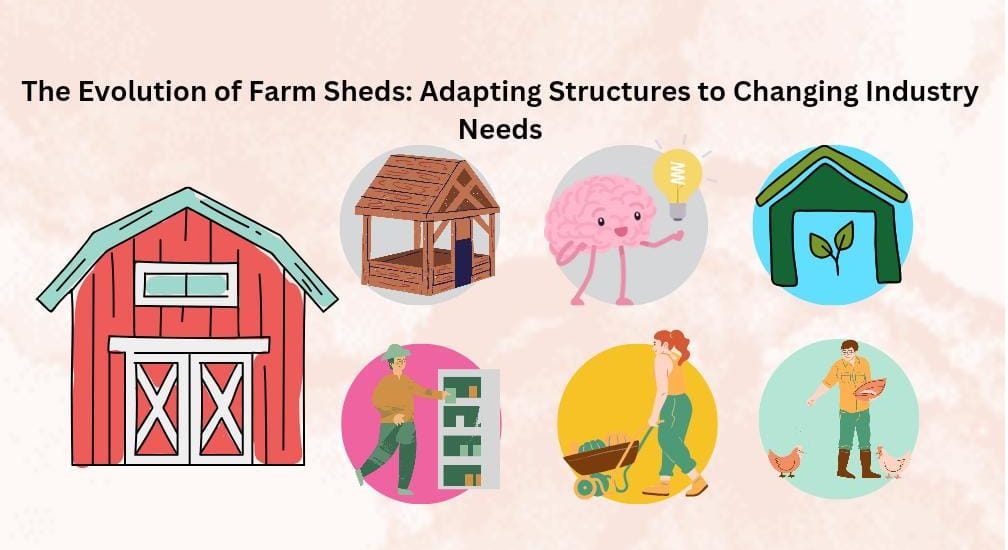Rural Farm Sheds, once simple shelters for tools and equipment, have evolved over time to meet the changing needs of the industry. From humble beginnings to modern, multifunctional facilities, the development of farm sheds reflects the advances and challenges faced by farmers. In this blog post, we will explore the transformation of farm sheds and their important role in agricultural activities.
The Traditional Farm Shed: A Testament to Necessity
Originally, rural farm sheds were rudimentary structures primarily designed for storage and shelter. Constructed using locally available materials such as timber, straw, and mud, these early sheds served essential functions on farms. They provided protection for tools, machinery, and livestock from the elements, enabling farmers to carry out their tasks efficiently. Despite their simplicity, these structures played a vital role in the daily operations of agricultural life, reflecting the resourcefulness and ingenuity of farming communities.
Adaptation to Modernisation: Incorporating Technology and Efficiency
As agriculture modernised and technology became integral to farming practices, so too did the design and function of farm sheds. The advent of mechanisation brought about the need for larger, more robust structures capable of housing heavy-duty farming machinery and equipment. Farm sheds evolved to accommodate these changes, with features such as reinforced steel frames, concrete flooring, and spacious interiors becoming commonplace. In addition, advances in insulation and ventilation were incorporated to create optimal environments for storing crops and housing livestock, further enhancing efficiency and productivity on farms.
Diversification of Purpose: Beyond Storage and Shelter
More recently, the role of farm sheds has expanded beyond mere storage and shelter. Recognising the need for versatility, farmers have begun to utilise these structures for a variety of purposes. From workshops and processing facilities to recreational spaces and agritourism ventures, farm sheds have become adaptable spaces capable of fulfilling diverse needs. This trend reflects the growing emphasis on diversification within the agricultural sector, as farmers seek new revenue streams and ways to add value to their operations.
Sustainability and Environmental Considerations
In response to increasing concerns about environmental sustainability, farm sheds have undergone further evolution to incorporate eco-friendly features and practices. From the use of recycled materials in construction to the integration of renewable energy sources such as solar panels and wind turbines, modern farm sheds are designed with a focus on reducing carbon footprint and minimising environmental impact. In addition, innovative design elements such as rainwater harvesting systems and green roofs contribute to resource conservation and ecological preservation, aligning with the broader push towards sustainable agriculture.
The Continuing Evolution of Farm Sheds
The evolution of farm sheds is a testament to the resilience and adaptability of the agricultural industry. From their humble beginnings as simple shelters to their current status as multifunctional hubs of activity, these structures have continuously evolved to meet the changing needs of farmers. As agriculture continues to face new challenges and opportunities, farm sheds will undoubtedly remain integral to the success and sustainability of farming operations. By embracing innovation, sustainability, and diversification, farm sheds will continue to play a key role in the future of agriculture.

